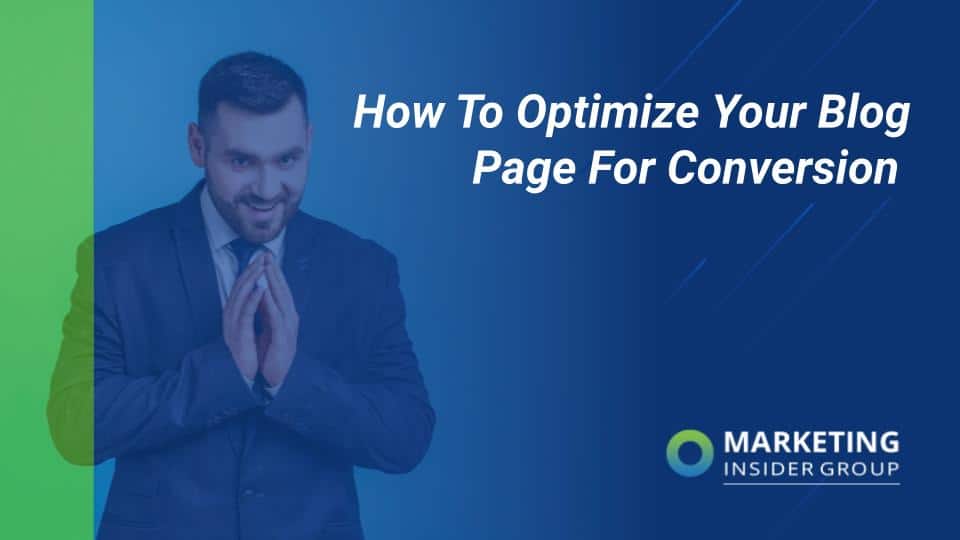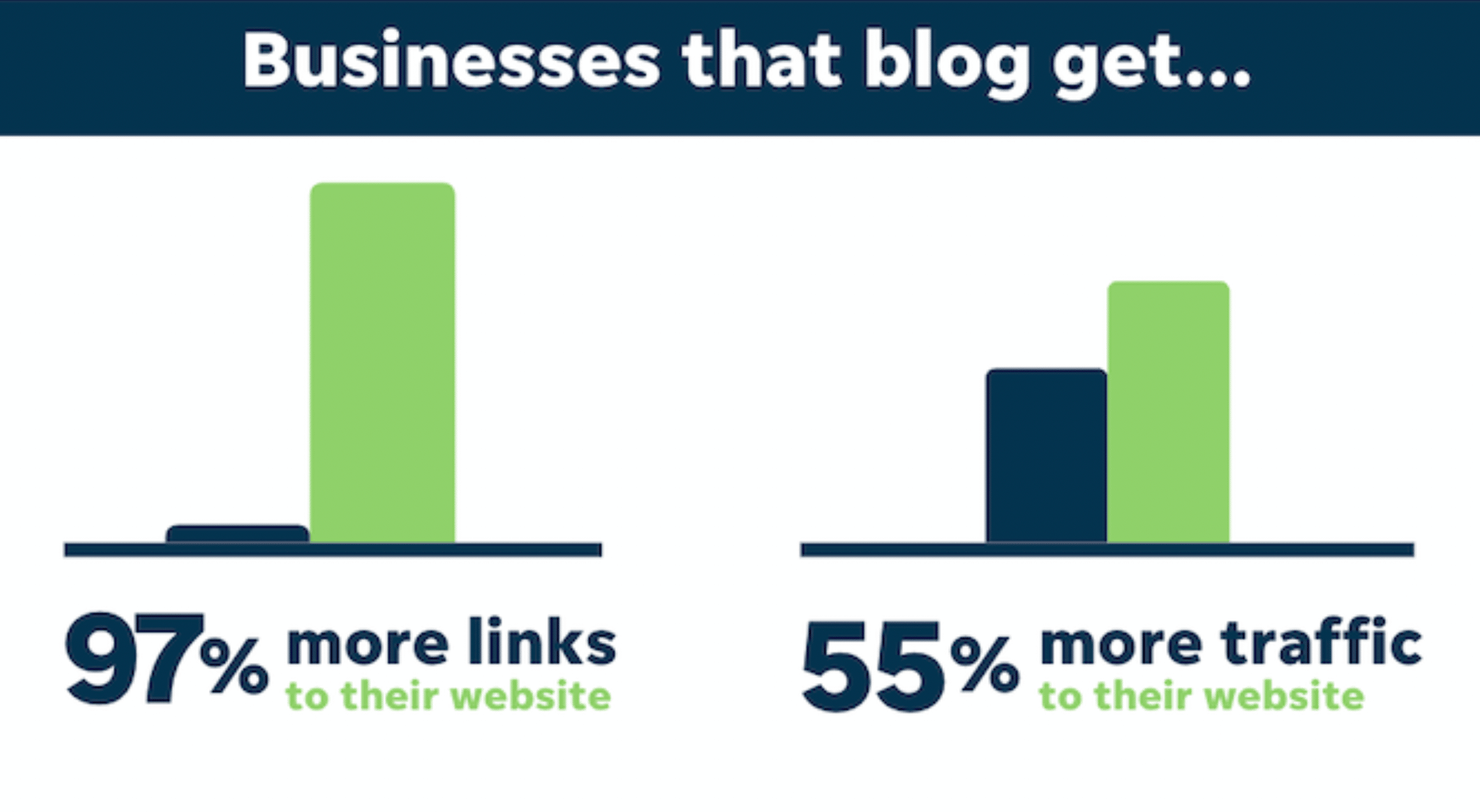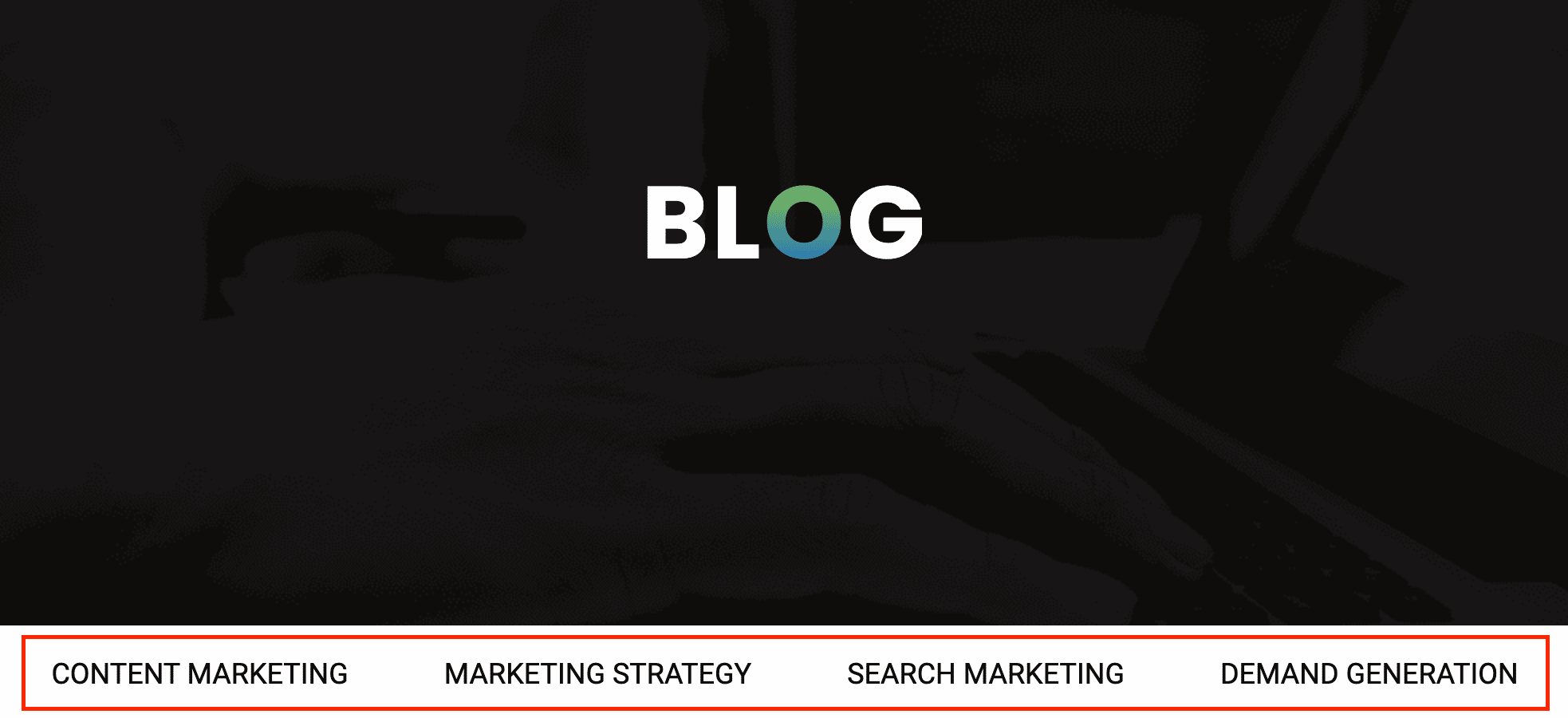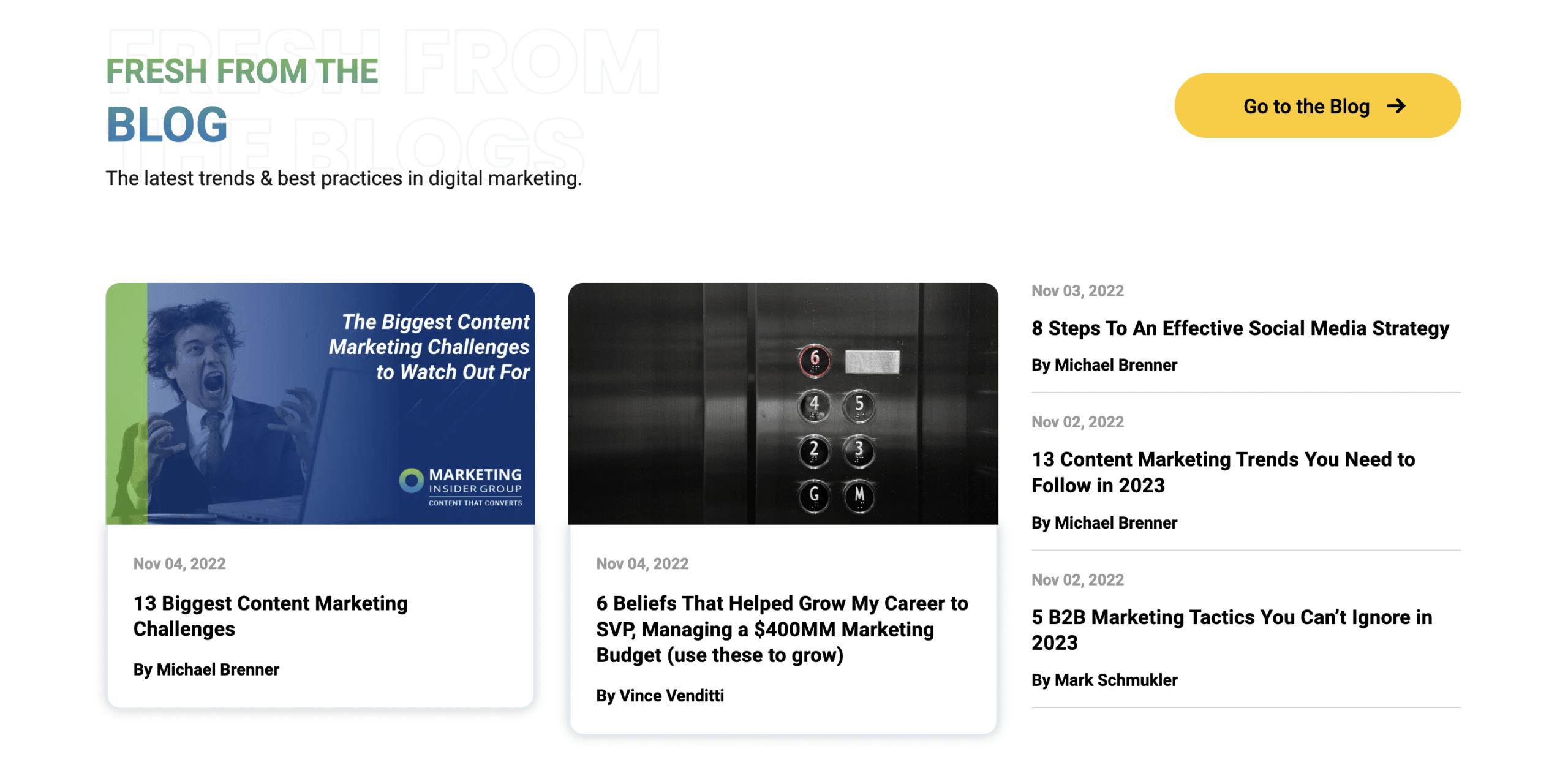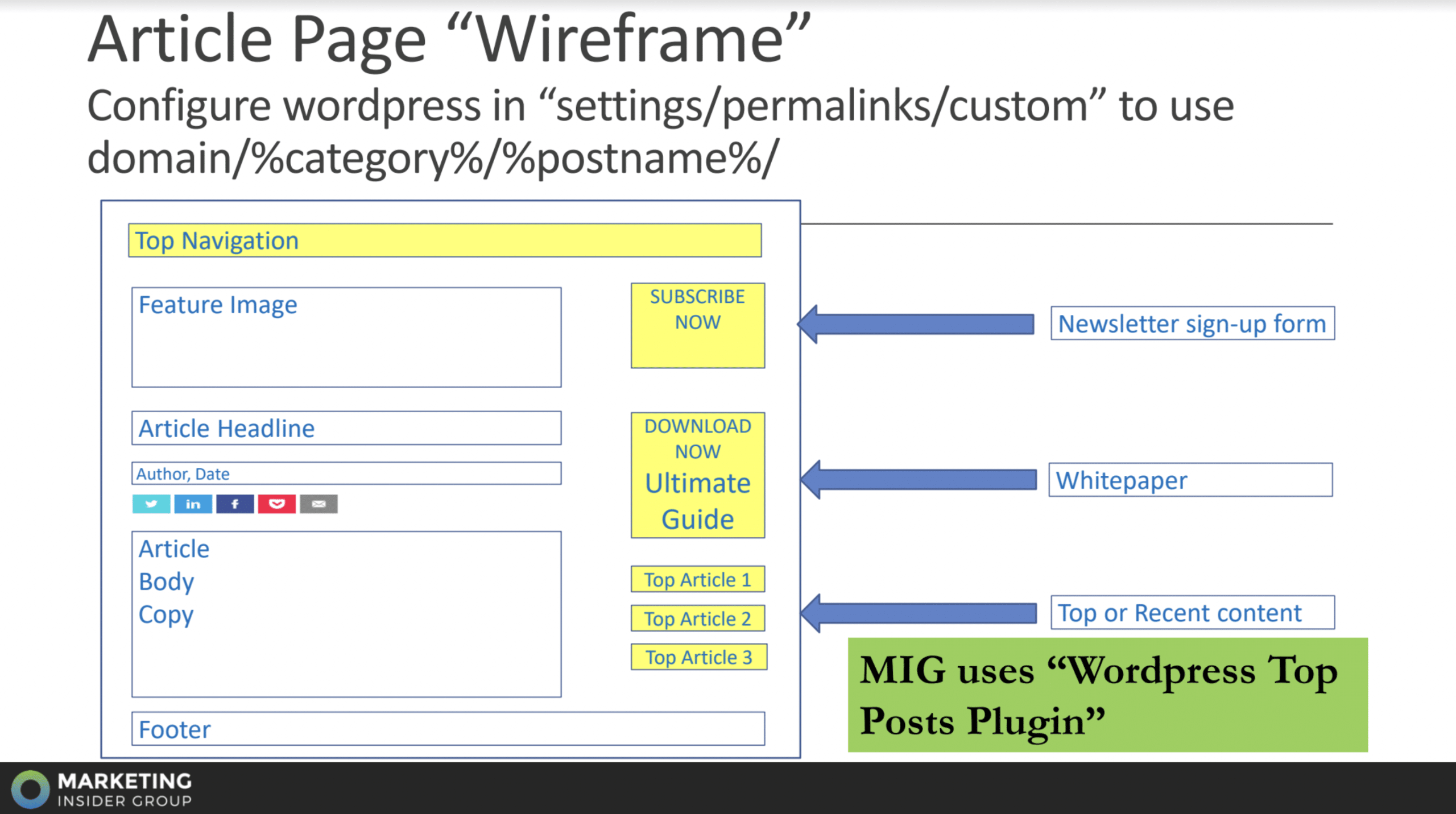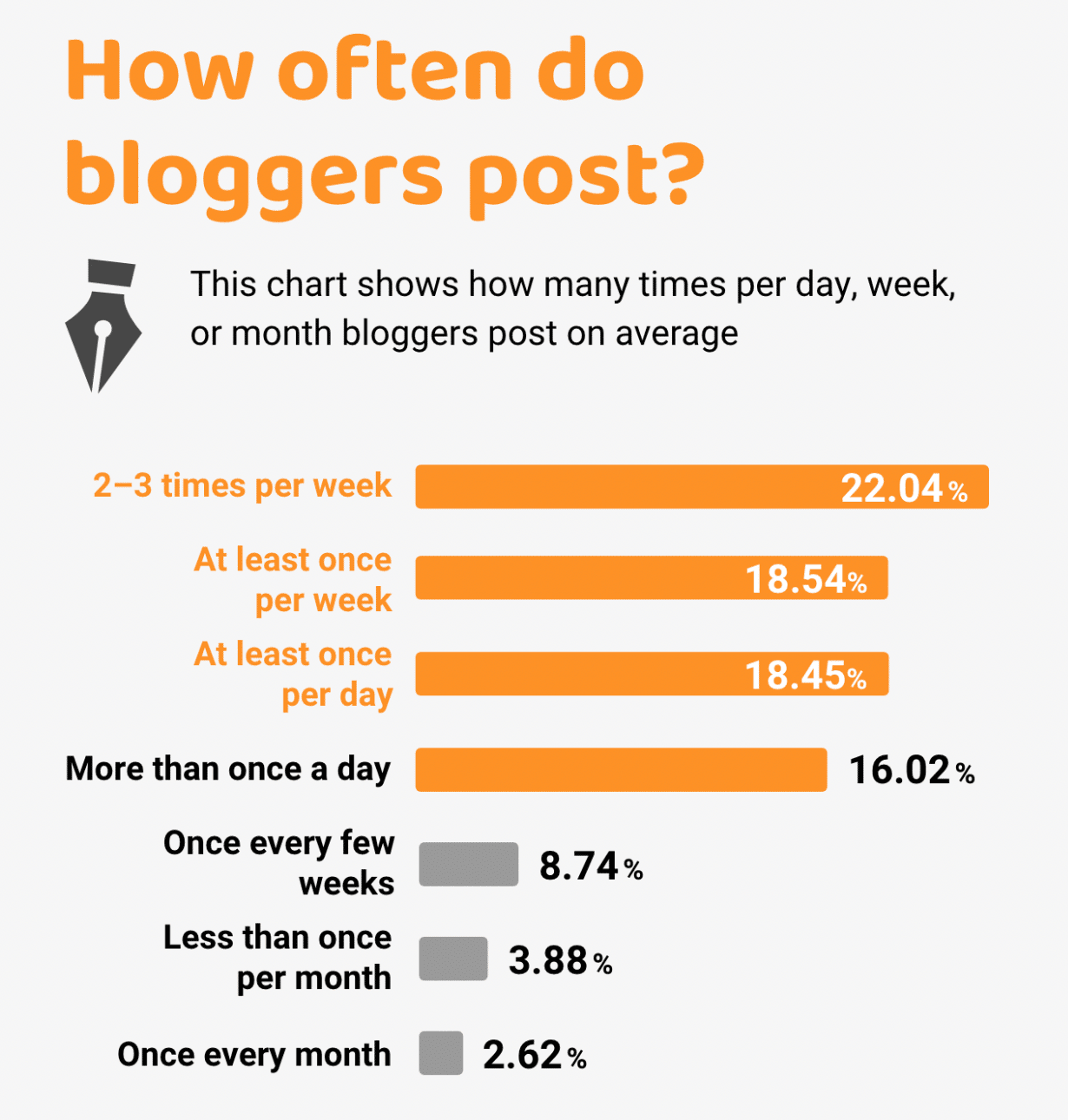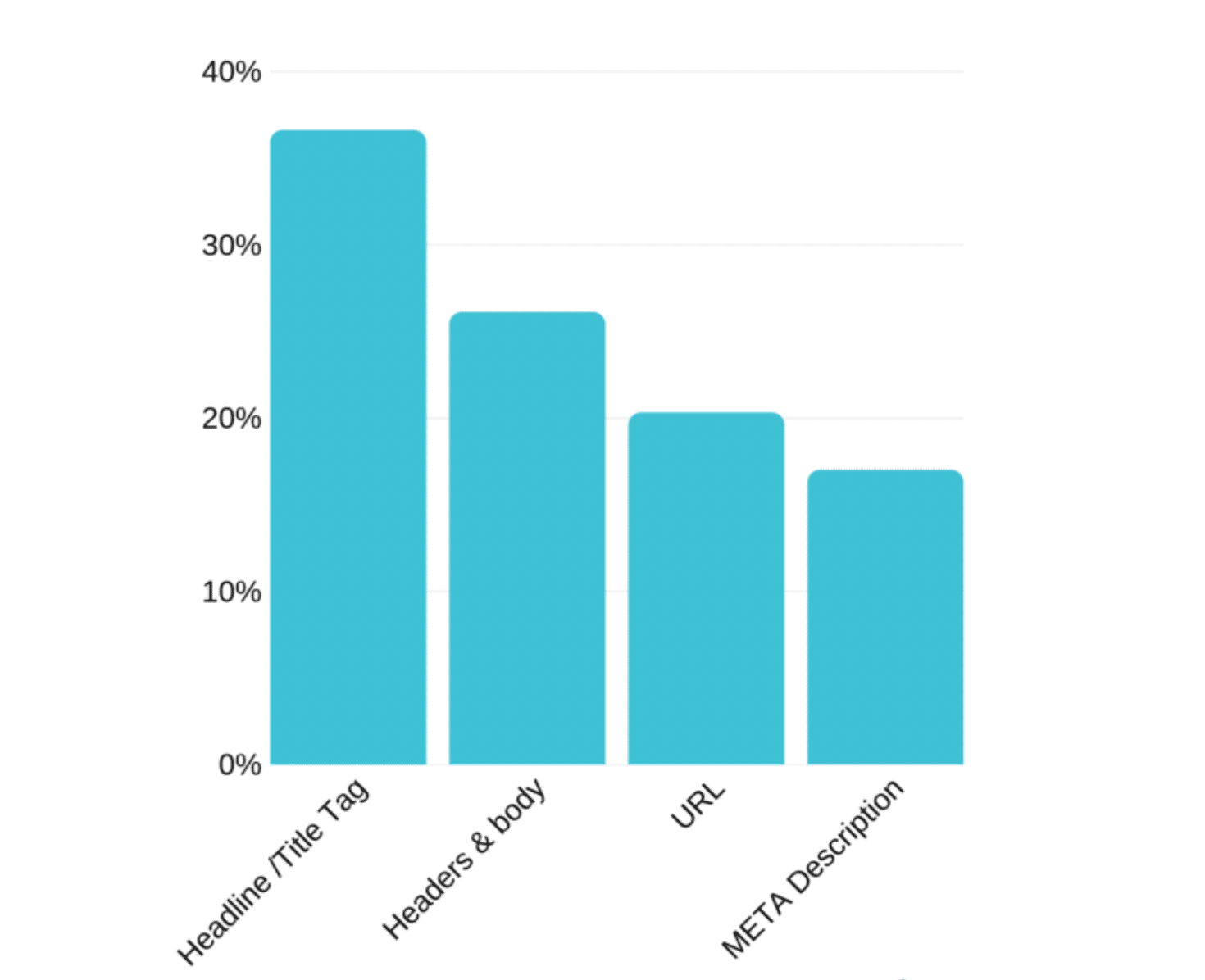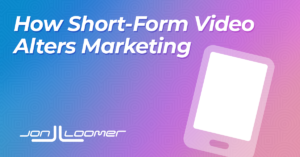
You may know that I have fully embraced short-form video during the past couple of months. This was not an easy transition. I had to overcome so much of what I thought I knew about marketing and advertising to do it.
Throughout this pivot, it’s become obvious to me that there are so many “old school” marketers and advertisers who just don’t get it. But, I fully understand and appreciate why they don’t get it because I was one of them until recently.
Maybe you are in this group of resistant marketers. Allow me to attempt to explain your reservations before arguing why you’re wrong (in the nicest, gentlest way possible).
First, I’ll tee this up with what I’m doing right now — a strategy that will feel wrong to many.
What I’m Doing
After years of prioritizing my blog (I haven’t abandoned it!), I now focus first on short-form video. I make time for recording and editing videos. At least one video will be published to TikTok, Instagram Reels, Facebook Reels, YouTube Shorts, and LinkedIn on most days.
My short-form videos are not promotional. They are created with the goal of solving a problem. The vast majority of them are tutorials or discussions of an advertising tactic (mostly Facebook ads, but some TikTok, too).
Each video is a minute long. There is no call-to-action button. No link in the description. Just helpful info.
Okay, maybe not 100% non-promotional. Of the more than 100 short-form videos I’ve published in two months, a few discussed what happened during one of my weekly webinars, strategy sessions, or one-on-one sessions. So, these were at least loosely promotional.
But those videos make up the extreme minority. And you can bet they were far less popular than the others.
The Argument Against It
The old-school marketer in me resisted this approach for years. Not just because I was intimidated by getting in front of a camera and the perceived work involved to do it well. I couldn’t get over the hurdle related to measurement.
I’ve been asked several times during the past couple of months questions related to ROI. How much revenue is this generating? Is it leading to positive ROI?
I understand. For years, I only cared about driving traffic to my website. I valued the traffic because traffic is what fed my funnel. More traffic, more people on my email list, and more customers.
These things could be measured pretty easily because I was sharing links. I knew how many people clicked those links, and I could often figure out how many of those clicks led to purchases.
But, links aren’t added to these videos. I’m not able to track what people do after watching them. Realistically, they aren’t immediately going to my website because there isn’t a link.
I’m spending a couple of hours per day creating these videos. Time is money. I am not tracking (able or willing) whether anyone watching these videos is then buying from me. Without links, that’s not possible.
Why not just add a link? Well, that misses the point. We’ll get to that point.
But, the argument is made that such efforts are a complete waste of time and money. If you can’t connect a marketing effort to revenue, you shouldn’t do it. It was a failure.
Right??
My Goals
Understand that it’s not that I don’t have the goal of making money. I just don’t care whether I can tie revenue to these efforts.
My goals for this approach can be summed up like this…
Build my brand. Establish and reinforce expertise. Be top-of-mind. When someone has a Facebook ads-related problem, they think of me.
I built my brand years ago. I established my expertise. But the truth is that I started to lose that fresh polish. I wasn’t in your feed every day because I refused to play the algorithmic game. And ultimately, I was no longer top-of-mind.
I don’t need any encouragement or reassurance. I understand I lost some of that. It was my own fault. And it was largely because I didn’t evolve with video.
My videos don’t need to remind you every day that I have a website. They don’t need to push my products in your face constantly to get you to buy them.
I want to be present in your feed, but I don’t want to be annoying. I want you to look forward to seeing me there. It’s not like the commercial that you can’t get out of your head.
I want to own the most-followed account for Facebook ads strategies, tutorials, and advice — on TikTok and everywhere. That isn’t the case right now because I relied far too much on the success of my website to carry me.
This doesn’t happen by creating videos that push my products. This happens by being useful.
The Difference with Video
Look, we know that video is different for marketers than links. Many of those differences are negatives related to tracking. But, there’s also a huge benefit in our favor.
Videos can initiate a relationship that written words struggle to create.
With videos, you see a side of people and brands you wouldn’t normally see. Connections can be made. You come away feeling like you actually know this person.
This connection grows with each video.
Measuring Results
This approach can be maddening, I know. I’ve been putting in countless hours the past couple of months refining my process and learning what works and what doesn’t work. And it absolutely is challenging to stay motivated when you don’t know that it’s helping.
Initially, my reassurance to keep going was a small, daily reminder. I’d consistently get comments on my Facebook Reels from people saying that they were happy to see me in their news feed again. That I helped them years ago but they haven’t seen my stuff in forever.
I hadn’t gone anywhere. But, it was obvious. Until this new effort, I was no longer top-of-mind.
Those little reminders were nice. But we needed something of substance. That substance has repeated itself the past couple of days.
In two days, four separate people have told me the same thing. They were inspired to buy something from me because of my videos. In each case, they followed me years ago, and then I disappeared. The videos moved the needle.
Not any particular video. Just the collection of videos. The constant, subtle reminder that I could help them.
Those four people combined to buy three memberships (two annual) and 12 one-on-one sessions (this is not a misprint, they booked in advance).
Without the videos, none of this would have happened. I’m confident of that. They are confident of that, too.
My Challenge to You
Because these four people told me this, I can connect the videos to revenue. But without their friendly words, I would have no idea. And it would have been easy to get frustrated. But we can’t. We must see the bigger picture.
I hope you’ll join me on this journey. I challenge you to look beyond the way we have always done things.
Some efforts don’t need to be tied directly to revenue to be worthwhile. Some efforts merely set the stage. They make the purchase possible, even if the effort itself didn’t direct that purchase.
I encourage to create videos — even most of your videos — that only aim to provide value. No direct and obvious goal of a sale.
Things are changing. If you want to show up on short-form video on TikTok, Reels, and YouTube Shorts, you need to consider how people consume that content. Don’t force them to click links because of your need to measure your impact.
Watch Video
It’s only natural that I have a quick video that discusses this topic, too!
@jonloomer Two examples of the amazing impact of short-form video.
♬ Vice (Hip Hop Instrumental) – SickBeats
If you haven’t yet followed me on TikTok, make sure you change that.
Your Turn
Obviously, this applies more to info marketing than it does to e-comm, but I’d argue there’s room in e-comm strategy for this as well.
Have you come around to this marketing approach? What do you think?
Let me know in the comments below!
The post How Short-Form Video Alters Marketing Evaluations appeared first on Jon Loomer Digital.

